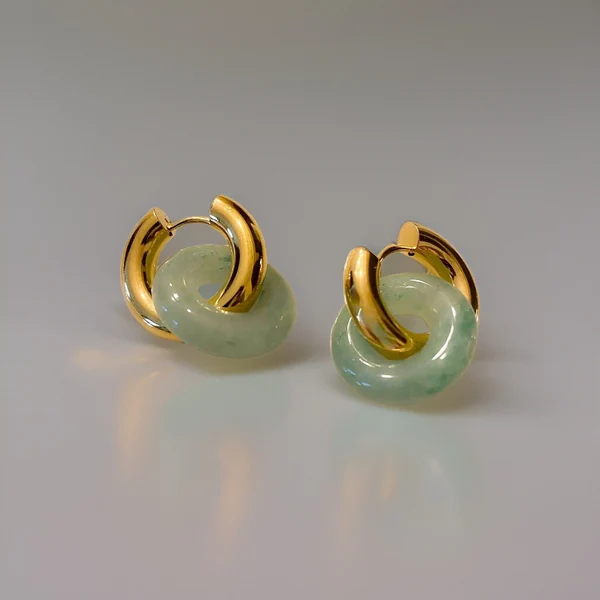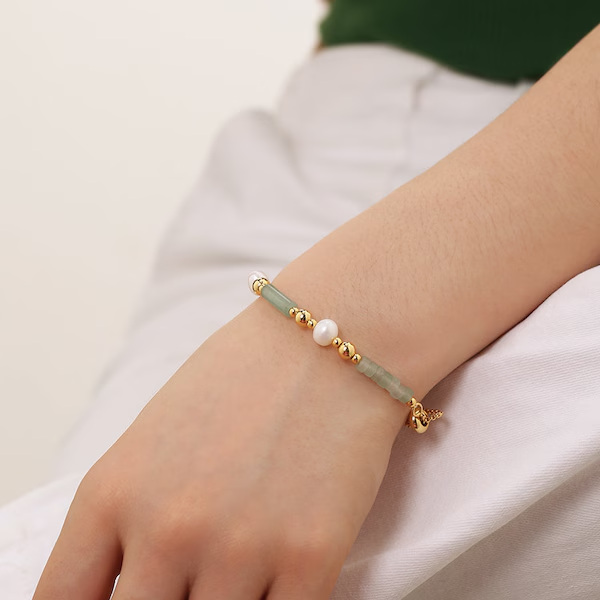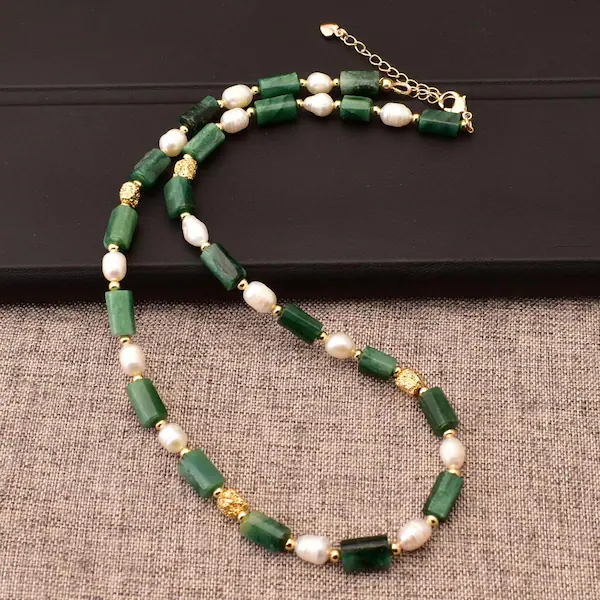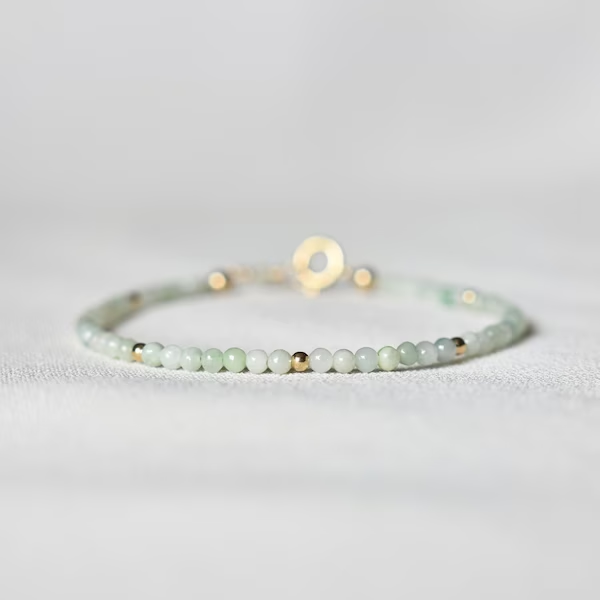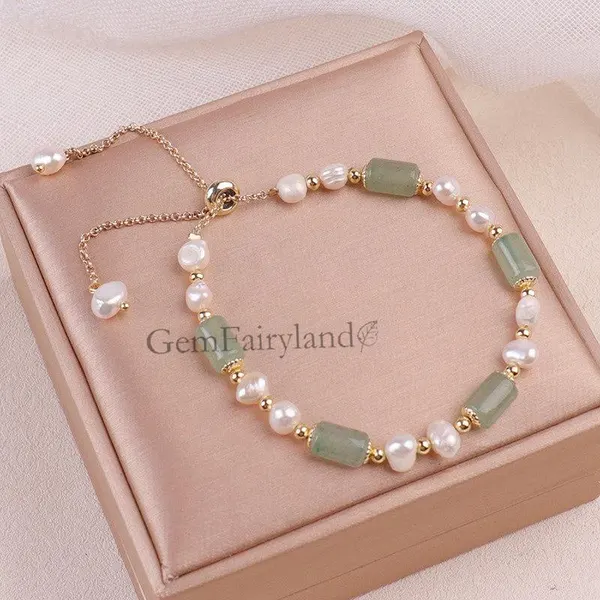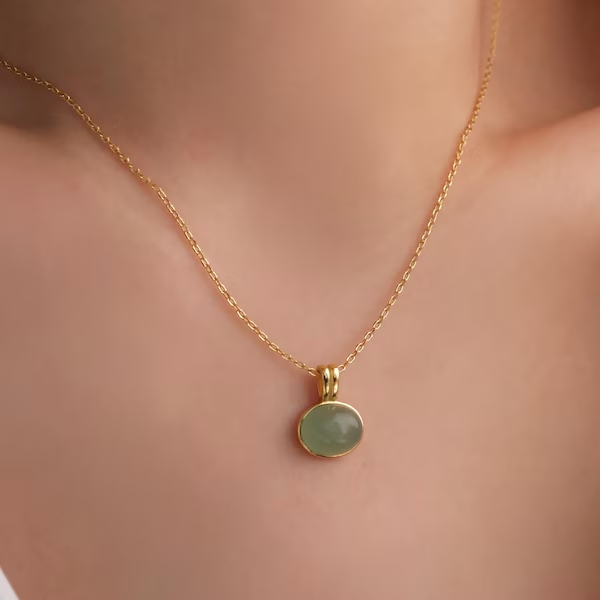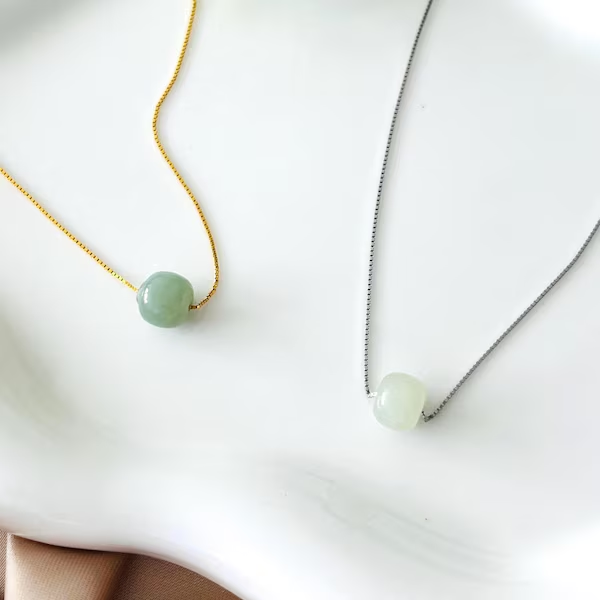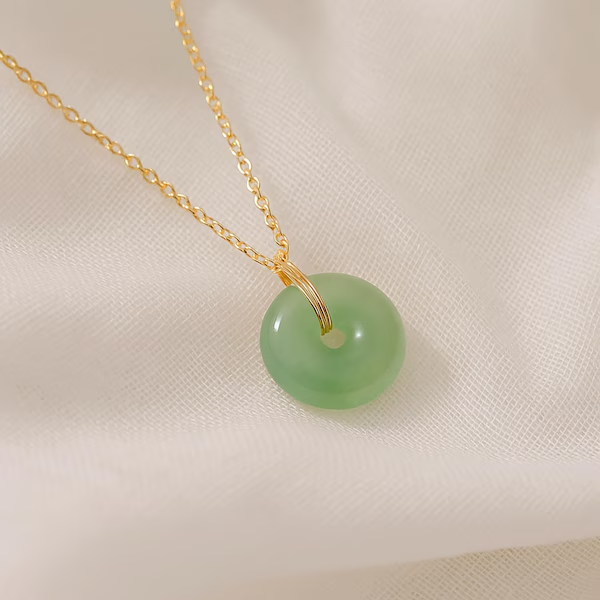Unlocking the Beauty of Real Jade: A Complete Guide to the Jade Color Value Chart
Hue (Primary Color of Jade)
Hue is the fundamental color of the jade, determining its first impression and overall appeal. The most prized jade hue is emerald green, commonly called Imperial Jade, known for its richness and rarity. Other popular hues include lavender, which is highly valued for its soft, elegant tone; white, appreciated for its purity and subtlety; yellow, often linked to prosperity; and black or reddish-brown, which carry uniqueness and cultural significance. Hue sets the foundation for grading and directly affects market demand and pricing.
Tone (Lightness or Darkness of Color)
Tone refers to how light or dark the jade appears. A medium tone is generally ideal as it balances vibrancy and depth, allowing the stone to showcase its translucency. Light-toned jade may appear delicate but can lack visual impact, whereas dark jade can appear heavy or dull. Understanding tone helps collectors identify pieces that are visually appealing and align with traditional and modern market preferences.
Saturation (Color Intensity)
Saturation measures the richness and vividness of the jade’s color. Highly saturated jade, where the color is bold and uniform, commands the highest value in the market. Stones with low saturation can appear washed out or pale, reducing their appeal. Saturation works together with hue and tone to create the gemstone’s overall visual effect, making it a critical factor in appraisal and purchase decisions.
Transparency (Light Interaction)
Transparency describes how much light passes through the jade, enhancing its brilliance. Translucent jade allows light to penetrate, giving the stone a glowing, luminous quality that elevates its color and beauty. Opaque jade, even if it has strong hue and saturation, appears heavier and less vibrant, often ranking lower in value. Transparency is essential in determining the gemstone’s aesthetic charm and investment potential.
Evenness of Color (Consistency Across the Stone)
Consistency in color is a hallmark of high-quality jade. Stones with uneven patches, streaks, or blotches are considered lower grade. Even color distribution creates harmony and enhances the stone’s elegance, making it more desirable for jewelry and collector purposes. Evaluating this factor is crucial for both aesthetic appreciation and market pricing.
Rarity of Hue
Certain jade colors are naturally rare, influencing their value. Imperial green and pure lavender are among the rarest and most sought-after hues. Less common shades like yellow, black, or reddish-brown have niche appeal and may carry cultural or collector significance. Rarity adds exclusivity, which directly impacts desirability and market demand.
Market Preference and Cultural Significance
The color value of jade is not just scientific but also cultural. Different regions and collectors place varying importance on specific hues. For example, green jade is traditionally most prized in China, while lavender jade has special appeal in other markets. The color chart reflects these trends, helping buyers understand which stones hold both aesthetic and cultural value.
Discover the Timeless Beauty of Real Jade Jewelry – Explore our stunning collection of authentic jade jewelry, crafted from genuine jadeite and nephrite stones. Each piece shines with natural color, elegance, and cultural charm — from classic green bangles to elegant lavender pendants. Add a touch of luxury, luck, and sophistication to your style with Real Jade Jewelry.
How is the Jade Color Value Chart used in jewelry selection?
Jewelers and buyers use the chart to choose stones with balanced color, high saturation, and even tone. This ensures that jade jewelry is visually appealing, authentic, and valuable.

